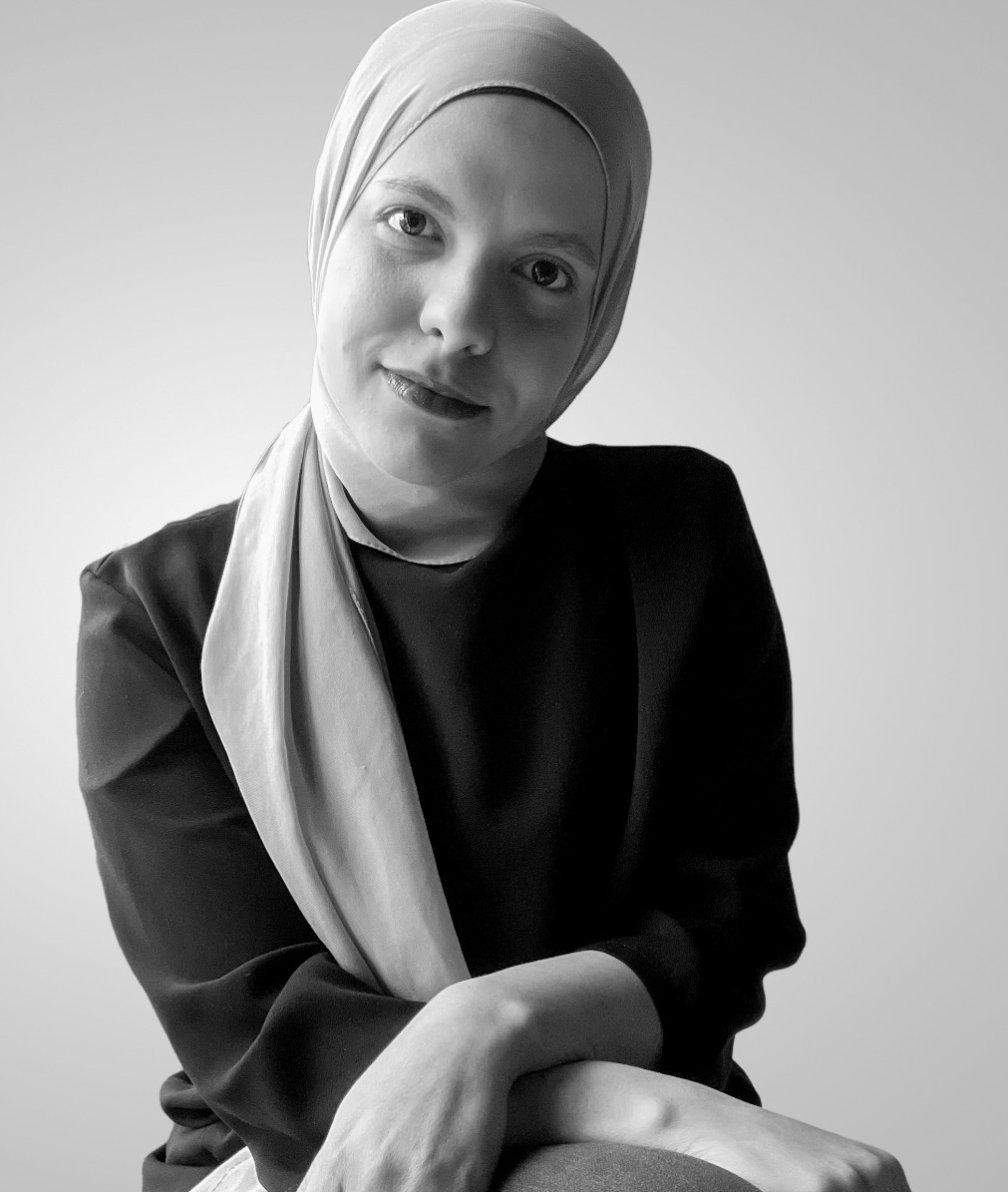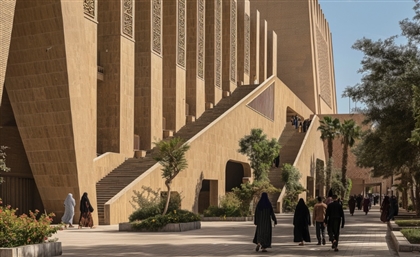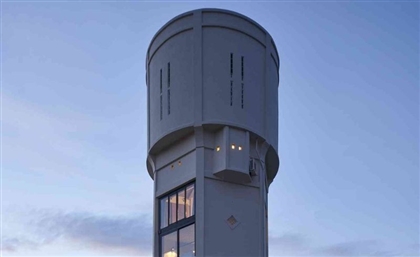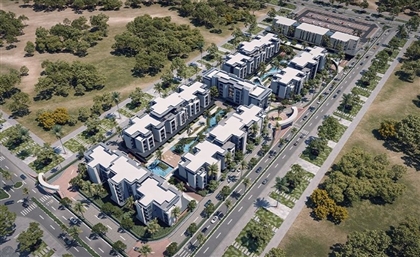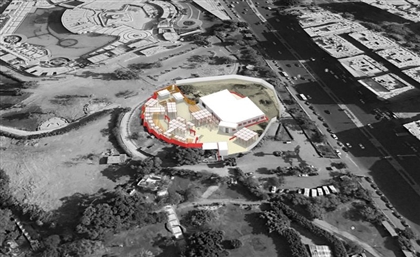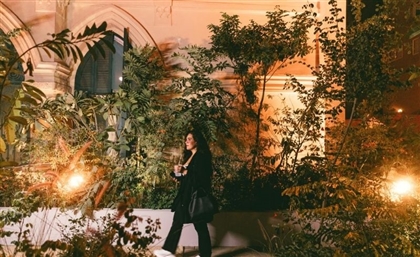Bio-Bricks From Jordan’s Coastline Lead FADAA’s Design Practice
Founded by architects Bisher Tabbaa and Sarah Hejazin, FADAA is a multidisciplinary practice based between Amman and New York, grounded in ecological thinking and cultural specificity.
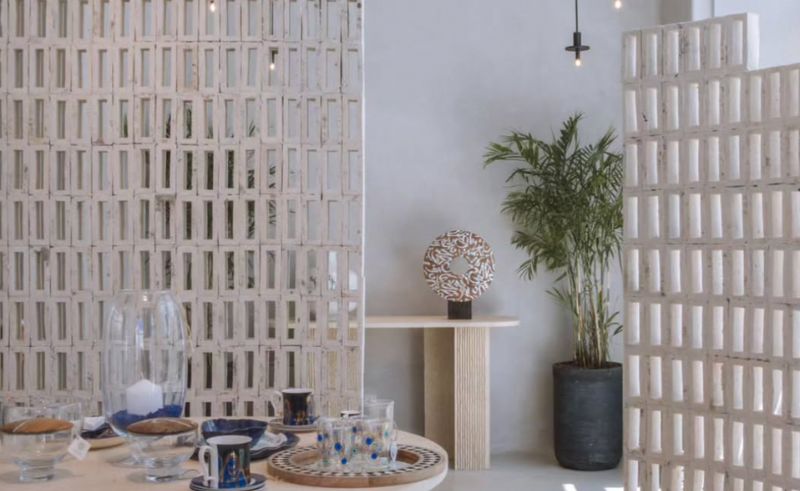
What started as a mutually-held frustration between two architecture students during their time at Columbia University has grown into a practice that reimagines how architecture engages with its environmental footprint and social impact. “FADAA was born out of a shared urgency - to design with intention, responsibility, and a sense of place,” Bisher Tabbaa and Sara Hejazin, the founders of FADAA, tell SceneHome. From the beginning, their practice has sought to challenge the status quo of architecture’s relationship with land, materials and people.
-5dff938d-6e2c-45fd-b02c-466965968bf8.jpg)
For FADAA, being environmentally responsive is an ethical position. “Every material choice, spatial decision, and construction method carries with it an ecological footprint and a social consequence,” they explain. “As designers, we believe our role is not to dominate the land, but to act as stewards. We are not owners of the Earth, but caretakers of it for future generations.”
-c9faf32e-3798-4c3d-b59a-d9377e3359b1.jpg)
This ethos guided their development of the now well-known “bio-brick” for Decoration One’s boutique in Aqaba. Made from seafood waste, particularly crushed seashells rich in calcium carbonate, the bricks were combined with lime and alginate to create a low-carbon material that performs structurally while responding to climate and light. The result was a brick screen that diffuses sunlight and celebrates the ecological context of Aqaba’s coastline. This approach earned the project the 2024 Design Doha Prize in the Interior Design category, where the bio-brick screen was recognised as a contemporary reinterpretation of the traditional mashrabiyya.
“So far, the bio-brick has only been used in Aqaba, where the material felt directly tied to the local context,” Hejazin explains. “We try to always stay curious rather than repeat solutions for the sake of consistency.”
-825a9301-754c-4c93-9f29-48ce18c91d5e.jpg)
Site-specificity runs through much of FADAA’s work. “We don’t see materials as isolated components, but as part of broader ecological and cultural systems. Starting with what exists on site - its ecology, resources, and traditional methods of making - helps us rethink how architecture engages with waste, geology and local industry,” Bisher adds.
Beyond the bio-brick, the studio has experimented with earthen construction methods such as rammed earth, reclaimed stone, demolition waste, Dead Sea salt, and even ground coffee. Each material comes with its own challenges and possibilities.
-ba950d0e-590d-4536-8808-443003ee4054.jpg)
While working between New York and Amman, the practice draws different strengths from each place: New York gave FADAA its initial platform to experiment, but it is the SWANA region that grounds their questions. “That’s where our questions felt most rooted, where we could meaningfully engage with material cultures, vernacular histories, and ecological urgencies often overlooked in global design discourse,” Hejazin says.
Looking forward, FADAA is working across scales, from small adaptive reuse projects to large masterplans. Yet growth, for them, is not measured in size. “We’re a small, young, agile team, and our approach isn’t focused on scaling up,” they reflect. “We’re more interested in digging deeper - into processes, collaborations, and the ecology of building.” It’s a philosophy that keeps the practice rooted in experimentation, ensuring their work remains as thoughtful as it is ambitious.



